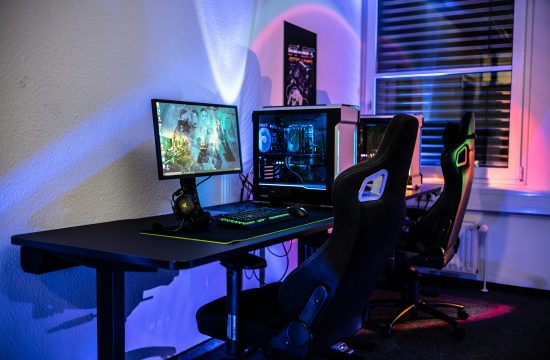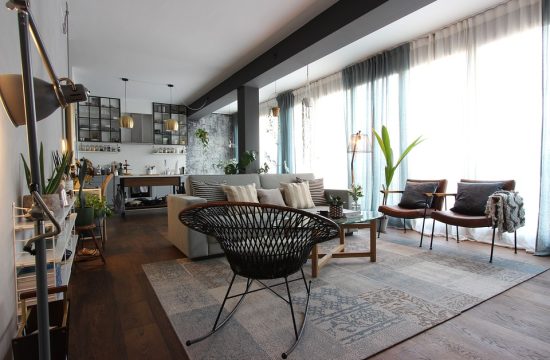Maximizing bedroom space is now crucial, whether it’s for a child’s room or a dorm. A minimalist iron bunk bed is one smart and efficient solution.
This bed design not only provides space efficiency but also offers strength, functionality, and a modern look that suits a variety of interiors. Read on to discover various reasons why iron bunk beds are a worthy choice, tips for choosing the right model, and recommendations for ordering custom beds for personal or business needs.
Iron bunk beds are an economical choice that offers technical advantages for long-term use, especially in environments like children’s rooms and dormitories.
Sturdy and durable structure
Compared to other materials like wood or plastic, iron bunk beds are highly durable. Solid iron provides the strength needed to withstand heavy loads without breaking or sustaining damage. With a rust-resistant coating, these beds can last for years, even with daily use.
Space-Saving
The bunk bed design allows two or three beds to fit in one vertical space. This makes bunk beds ideal for small spaces like dorm rooms, Islamic boarding schools, and children’s rooms shared with siblings. Combining an iron bunk bed with a school desk and chair creates an efficient study and sleeping space, especially in children’s rooms or student dormitories.
Flexible, minimalist style
Iron bunk beds typically have clean, simple designs that suit a variety of room themes. Neutral colors like black, white, and gray are easy to combine with modern, industrial, or Scandinavian interiors.
They are easy to clean and maintain
A metal frame is easier to maintain than a wooden bed. Simply wipe the surface with a damp cloth to remove dust or dirt. You don’t have to worry about termites or decay.
Guaranteed Safety
Modern models typically have safety railings on top, stable stairs, and sturdy bolts, making them safe for children to use. If used in a school dormitory, placing the desks and chairs in the same area creates an organized learning environment.
Choosing an iron bunk bed cannot be done carelessly, especially if it is for long-term use. Here are some important things to consider:
Room size: Measure the length, width, and height of the room first to ensure the bunk bed won’t make the room feel cramped.
Number of Users: Determine if you need two or three levels, an additional trundle bed, or if one upper and lower bunk will suffice.
Material Thickness: Choose a metal frame with an ideal thickness to prevent bending. A hollow frame with a minimum thickness of 1.2 mm is highly recommended.
Staircase and Safety Rail Design: For children, a sloping stair with wide steps and a guardrail of at least 25–30 cm is safer and more comfortable.
Design Flexibility: Some bunks can be converted into two separate beds if needed. You can also adjust the position of the bed so that it fits with other pieces of furniture, such as a school desk and chair.
–sh












